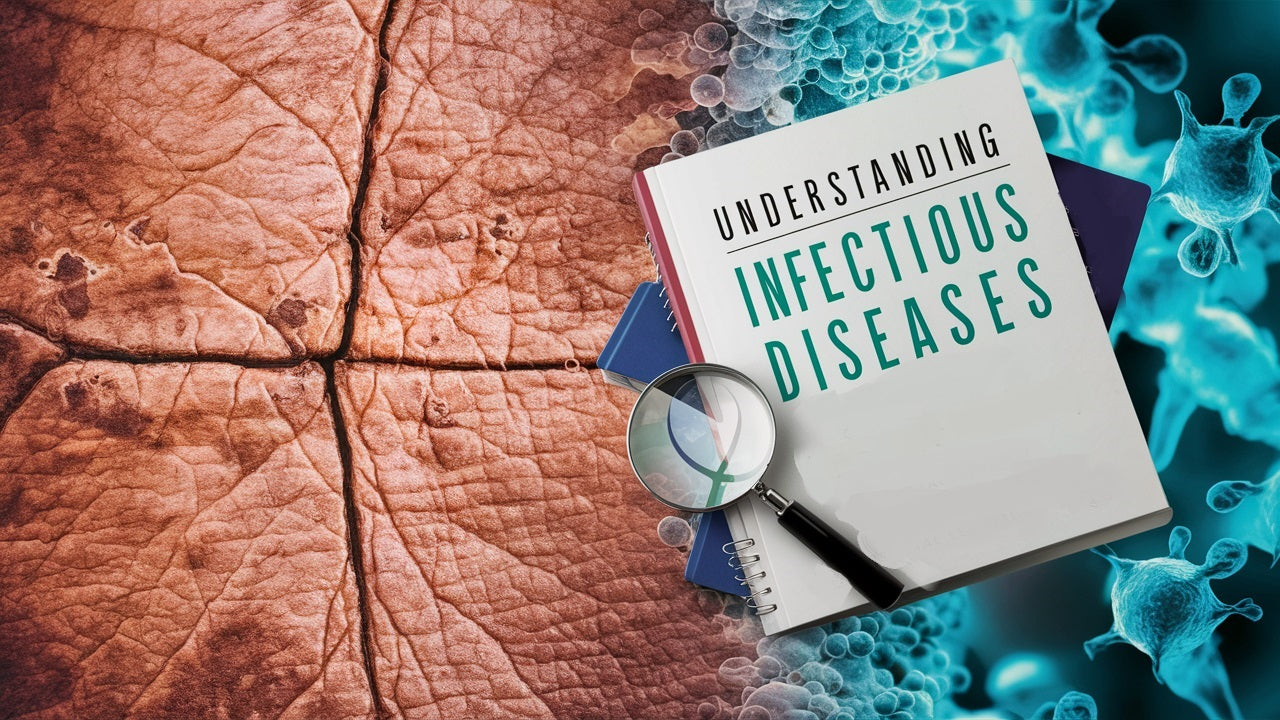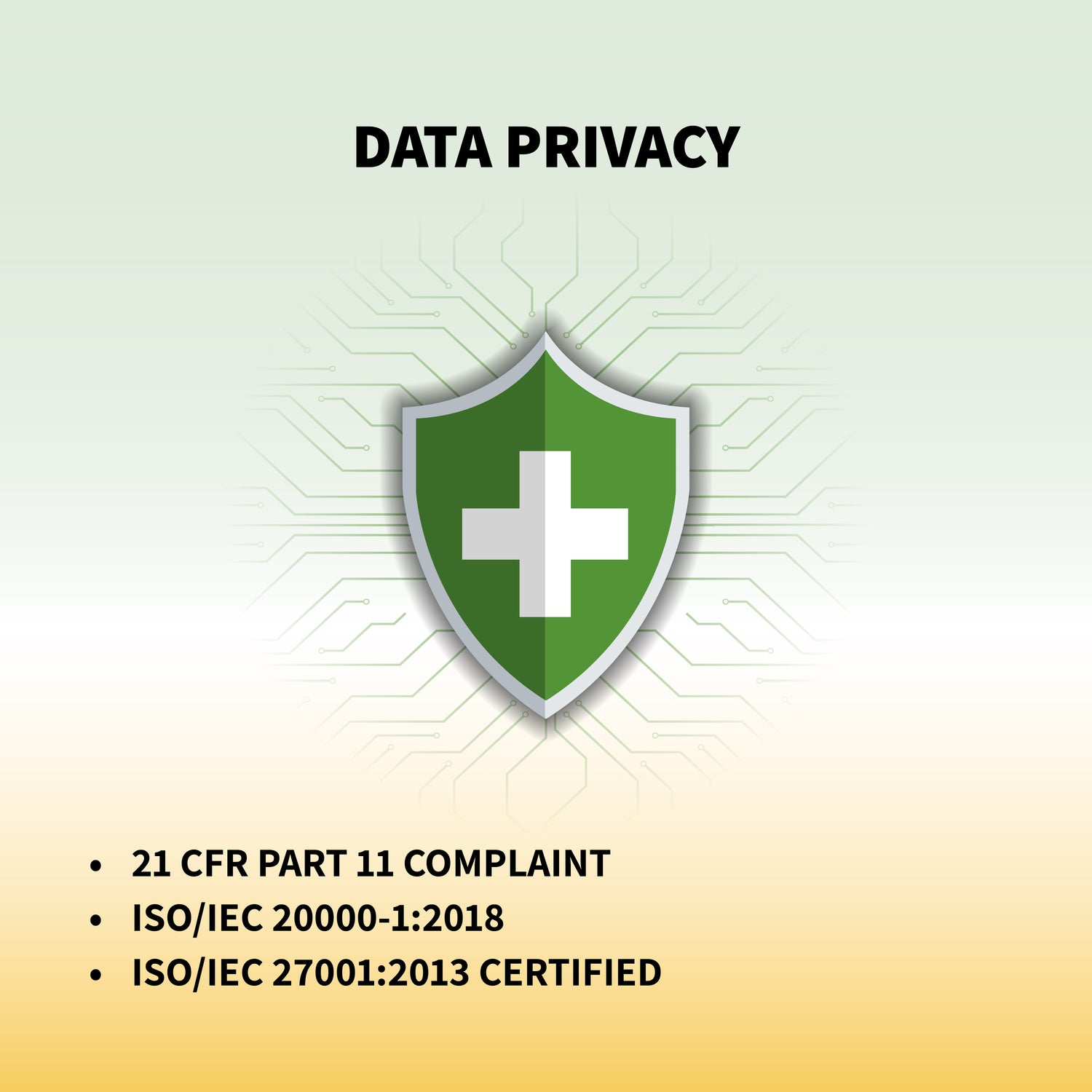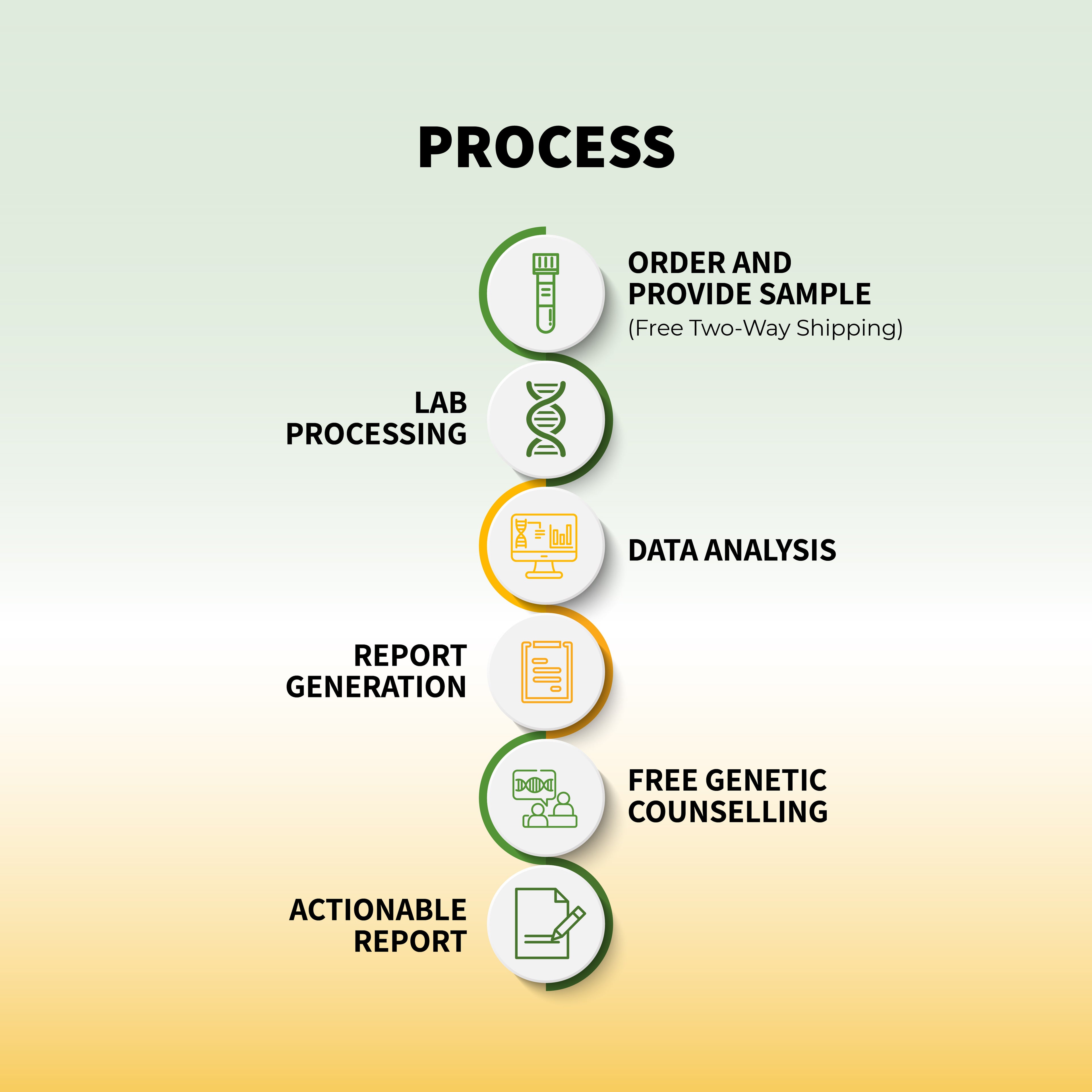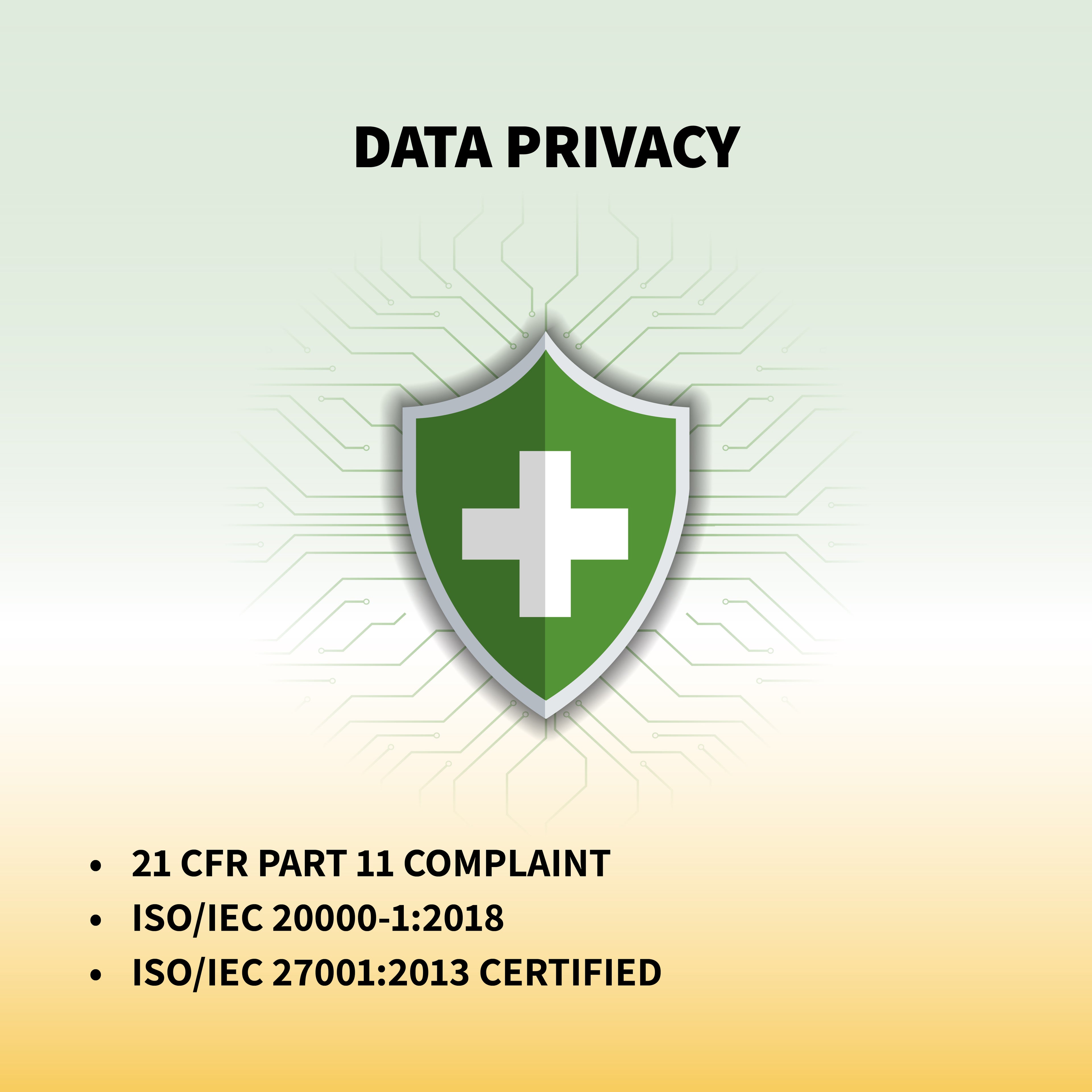Infectious diseases have shaped human history, and among these, leprosy, also known as Hansen’s disease, stands out due to its ancient roots and the stigma associated with it. This blog post will delve into the details of leprosy, its causes, symptoms, treatment, and the progress made in combating this disease.
What is Leprosy (Hansen's Disease)?
Leprosy is a chronic infectious disease caused by the bacterium Mycobacterium leprae. It primarily affects the skin, peripheral nerves, upper respiratory tract, and eyes. The disease has been known for thousands of years and has caused significant stigma and fear due to its disfiguring consequences if left untreated. However, with modern medicine, leprosy is now completely curable, and early detection can prevent the physical deformities historically associated with the disease.
History and Global Impact of Leprosy
Leprosy has been mentioned in ancient texts from Egypt, China, and India, indicating its long-standing presence across different cultures. Historically, those affected by leprosy were often ostracized from society, forced to live in isolated colonies. The stigma was so severe that the term "leper" became synonymous with being an outcast. However, as our understanding of the disease has improved, so has the approach to treatment and integration of those affected back into society.
Causes and Transmission
Leprosy is caused by Mycobacterium leprae, a slow-growing bacterium that primarily affects the skin and nerves. It is not highly contagious and is thought to be spread through prolonged close contact with an untreated person, likely through respiratory droplets. The bacteria can survive outside the human body for a few hours to several days, depending on environmental conditions, but most people who are exposed to M. leprae do not develop leprosy due to a strong immune response.
Factors such as a weakened immune system, genetic predisposition, and close contact with untreated patients increase the risk of contracting the disease.
Symptoms of Leprosy
Leprosy manifests in different forms, depending on the immune response of the infected individual. The World Health Organization (WHO) classifies leprosy into two main categories:
-
Paucibacillary Leprosy: This type involves a few (less than five) skin lesions with no bacteria present in the skin smears. It is the milder form of the disease.
-
Multibacillary Leprosy: This type is more severe and involves widespread skin lesions, with bacteria present in the skin smears.
Common symptoms of leprosy include:
- Numbness in affected areas due to nerve damage
- Light-colored or red skin patches with reduced sensation
- Thickened or stiff skin
- Muscle weakness or paralysis (especially in the hands and feet)
- Enlarged nerves (especially around the elbow and knee)
- Eye problems that may lead to blindness if untreated
- Ulcers on the soles of the feet
Diagnosis of Leprosy
Early diagnosis is crucial for preventing complications associated with leprosy. A healthcare provider typically diagnoses leprosy based on the clinical symptoms, such as the characteristic skin lesions and nerve involvement. In addition, a skin biopsy may be performed, where a small sample of skin tissue is taken and examined under a microscope for the presence of M. leprae bacteria.
Molecular tests like polymerase chain reaction (PCR) can also detect M. leprae DNA in clinical samples, offering a more accurate diagnosis, especially in cases where bacterial load is low.
Treatment and Management
Leprosy is curable with a combination of antibiotics known as multidrug therapy (MDT). The standard MDT regimen recommended by the WHO includes dapsone, rifampicin, and clofazimine. The duration of treatment depends on the type of leprosy:
- Paucibacillary Leprosy: Typically treated for six months.
- Multibacillary Leprosy: Requires 12 months of treatment.
Completing the full course of antibiotics is essential to cure the disease and prevent the development of drug resistance. MDT is provided free of charge by the WHO in many countries, which has significantly reduced the global burden of the disease.
In addition to antibiotics, treatment may involve managing complications such as nerve damage, ulcers, and eye problems. Physical therapy, reconstructive surgery, and supportive care play vital roles in helping patients recover fully and prevent disabilities.
Stigma and Social Implications
Despite advances in treatment, leprosy still carries a social stigma, particularly in some parts of the world where misconceptions about the disease persist. This stigma can lead to discrimination, isolation, and mental health challenges for those affected.
Efforts to reduce stigma include public education campaigns that emphasize the curability of leprosy, the low risk of transmission, and the importance of early treatment. Empowering those affected by leprosy through support groups, rehabilitation programs, and vocational training also helps integrate them back into society.
Advances in Research and Future Directions
Ongoing research into leprosy is focused on better understanding the disease's transmission, improving diagnostic methods, and developing new treatments, particularly for drug-resistant strains. Genetic research is also playing a crucial role in identifying individuals who may be more susceptible to leprosy due to inherited genetic factors.
Genome-wide association studies (GWAS) have identified several genes linked to an increased risk of developing leprosy. This knowledge may pave the way for targeted interventions and personalized treatment strategies in the future.
Conclusion
Leprosy, once a feared and stigmatized disease, is now entirely curable with proper treatment. Early diagnosis and adherence to the prescribed antibiotic regimen are key to preventing the complications associated with the disease. As research continues to advance, the future looks promising for further reducing the global burden of leprosy and eliminating the stigma that still surrounds it.
By raising awareness, promoting early detection, and providing comprehensive care, we can ensure that leprosy becomes a disease of the past. If you or someone you know shows symptoms of leprosy, seek medical attention immediately. With prompt treatment, full recovery is possible, and life can return to normal.















